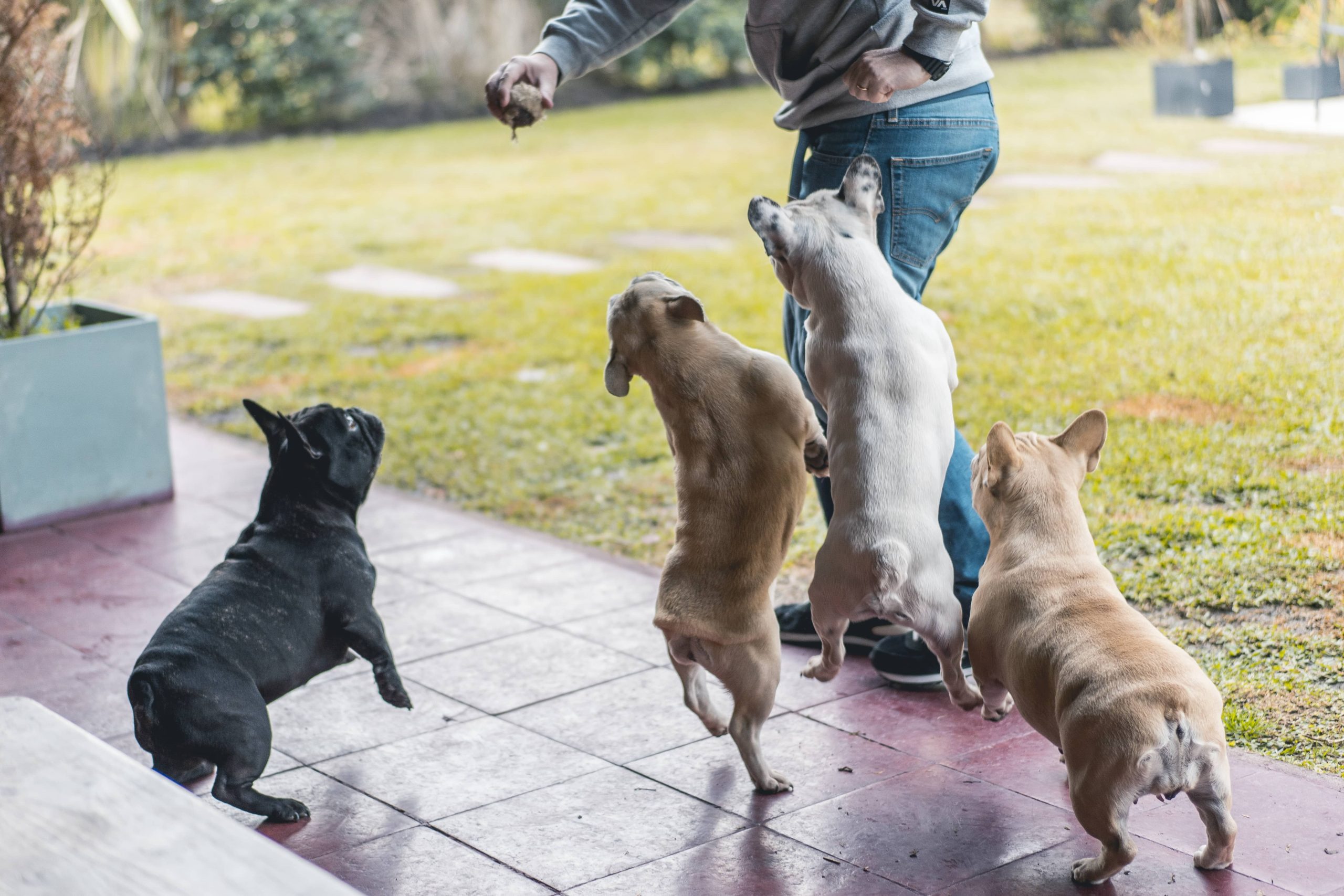
As a pet owner, one of the most critical challenges you might face is ensuring your dog can stay alone at home without experiencing separation anxiety or engaging in destructive behavior. While dogs are social animals that prefer human companionship, it’s unrealistic to be at home 24/7. Whether it’s for work, errands, or social obligations, training your dog to feel comfortable and safe when alone is essential for their well-being and your peace of mind.
In this blog post, we will explore practical steps and strategies to help you train your dog to stay alone at home. By following these guidelines, you can build your dog’s confidence and independence, making solo time a positive experience for both of you.
Understanding Canine Separation Anxiety
Before diving into the training tips, let’s first understand separation anxiety. Dogs with separation anxiety exhibit intense distress when left alone. Symptoms may include excessive barking, whining, salivation, chewing on furniture, digging, and attempting to escape. In severe cases, dogs may self-harm.
Recognizing these signs early is crucial because it allows you to address the issue before it escalates. Remember, patience and consistency are keys to helping your dog feel secure and comfortable when alone.
Steps to Train Your Dog to Stay Alone at Home
Step 1: Start with Short Periods
Begin by leaving your dog alone for short durations. This helps them adjust gradually. Start with just a few minutes, and then slowly increase the time as they become more comfortable. For example, start by leaving them alone for five minutes and then gradually extend it to ten, twenty, and so on. This slow buildup helps prevent the onset of anxiety.
Step 2: Establish a Safe Space
Create a comfortable, designated area where your dog can relax while you’re away. This space can be a crate, a specific room, or a cozy corner with their bed. Equip this area with their favorite toys, water, and perhaps an item of your clothing to provide comfort through your scent. The goal is to make this space a sanctuary where your dog feels secure and at home.
Step 3: Practice Independence
Encourage your dog to be independent while you are home. Teach them commands like “stay” or “go to your place” and reward them for remaining in their designated area. Increase the time they spend on their own, so they gradually get used to being without constant human interaction even when you’re present.
Step 4: Exercise and Mental Stimulation
A well-exercised dog is more likely to be calm and relaxed. Ensure your dog gets plenty of physical exercise and mental stimulation before being left alone. Play fetch, go for a walk, or practice obedience training. Mental stimulation can include puzzle toys, interactive toys, or games that challenge their cognitive skills.
Step 5: Desensitization to Departure Cues
Dogs often pick up on cues that signal you’re about to leave, such as picking up your keys, putting on your shoes, or grabbing your coat. Desensitize your dog to these cues by performing them without actually leaving. For example, pick up your keys and then sit back down. Repeat these actions frequently, so they lose their predictive value, helping to reduce your dog’s anxiety.
Step 6: Counterconditioning
Counterconditioning is a powerful technique that involves associating being alone with positive experiences. Give your dog a special treat or engage them with a favorite toy every time you leave. Over time, your dog will begin to associate your departure with something positive.
Step 7: Calming Aids
Consider using calming aids to help your dog relax. Options include pheromone diffusers, calming treats, or anxiety vests. These products can provide additional support, especially during the initial stages of training.
Step 8: Gradual Alone Time
Once your dog is comfortable with short periods alone, gradually extend the total time. Always ensure the increase is gradual. Avoid sudden transitions, from leaving your dog alone for an hour to a full eight-hour workday. If possible, have someone check on your dog or hire a pet sitter for long durations initially.
Step 9: Avoid Prolonged Goodbyes and Reunions
While it’s natural to want to comfort your dog before you leave, prolonged goodbyes can heighten their anxiety. Keep your departures low-key and business-like. The same goes for reunions; remain calm and wait until your dog settles before giving them attention. This teaches your dog that your comings and goings are normal and not events to be overly excited or distressed about.
Step 10: Seek Professional Help If Necessary
If your dog’s separation anxiety is severe, or if you’ve tried the above steps without success, it may be time to seek professional help. A certified dog trainer or a veterinary behaviorist can provide customized strategies and support to address severe anxiety issues.
Conclusion
Training your dog to stay alone at home is a gradual process that requires patience, consistency, and understanding. By building your dog’s confidence and teaching them that being alone can be a positive experience, you ensure their happiness and your peace of mind. Remember, every dog is unique, so tailor your approach to suit your dog’s individual needs. With dedication and love, you can help your furry friend feel secure and content even when you’re not around.






